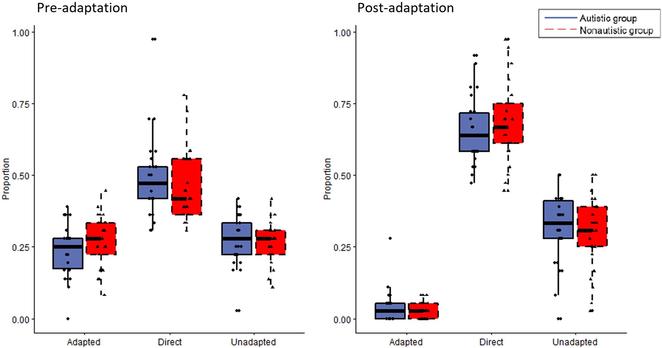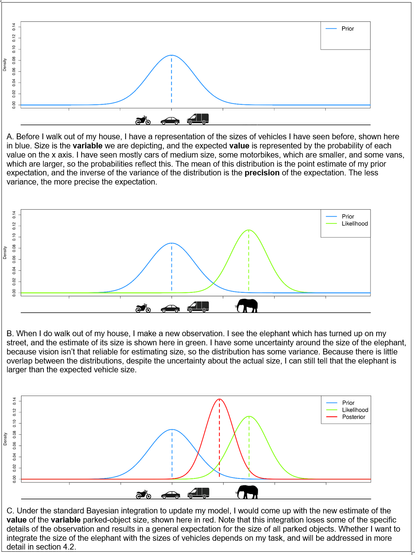The more we know the more we see how interconnected all the body systems are. #complex #devsci #science
www.science.org/doi/10.1126/...
www.science.org/doi/10.1126/...
Muscle-derived myostatin is a ...
#devsci
The more we know the more we see how interconnected all the body systems are. #complex #devsci #science
https://www.science.org/doi/10.1126/science.adu7735
https://www.science.org/doi/10.1126/science.adi4736
1/2 More science breaks to clear out the incoming sh-t. Offering up a little science this morning as a corrective to all the sh-t that is taking up space in our brains. #science #devsci #HPBIO #complex
www.nature.com/articles/s41...
5 ways in which cell atlases reveaL valuable biological insights
The Human Cell Atlas from a ce...
Hi autism researchers, have you run experiments online and noticed that participants who report they *aren't* autistic score highly on autism trait questionnaires?
I'm using the RAADS-14 but interested in your experiences with any questionnaire. Do let me know what you're using! And boosting is welcome :)
[Note: "Ps" = participants]
"Autistic and nonautistic adolescents do not differ in adaptation to gaze direction" https://doi.org/10.1002/aur.3118
I was reminded today that a talk I gave on this project for Neuromatch was recorded, so if you're interested in the paper but tldr, you can catch the main message in just 15 min 45 s here:
https://www.youtube.com/watch?v=v0Xn_VqE8ro
#autism #cognitivePsychology #development #devSci #PredictiveProcessing
My paper on adaptation after-effects in autistic and non-autistic teenagers is out in Autism Research! 🎉
"Autistic and nonautistic adolescents do not differ in adaptation to gaze direction"
These autistic teens show a large adaptation after-effect behaviourally, though we don't see the after-effects in EEG, and we try to interpret this in light of Predictive Processing accounts of autism.
https://doi.org/10.1002/aur.3118
#autism #cognitivePsychology #development #devSci #PredictiveProcessing
Very excited to share this preprint I wrote with Danaja Rutar, @LorijnZ , @francescopoli & Sabine Hunnius.
We first introduce #PredictiveProcessing and define its terms with *lots* of examples, and then point out that it cannot yet account for
#development
PP claims to be a unifying account of #cognition , and as such should apply to all humans.
We propose two additions which are necessary not only for completeness of PP,
but also for #devsci to be able to use it.
A systematic review I helped with is out today! We summarise the existing research using flickering stimuli* to understand visual cognition in the first 6 years of life, with explanations of the different methodological approaches and some of the insights these approaches have yielded
*also known as frequency-tagging, fast periodic visual stimulation, rhythmic visual stimulation, and many other names

